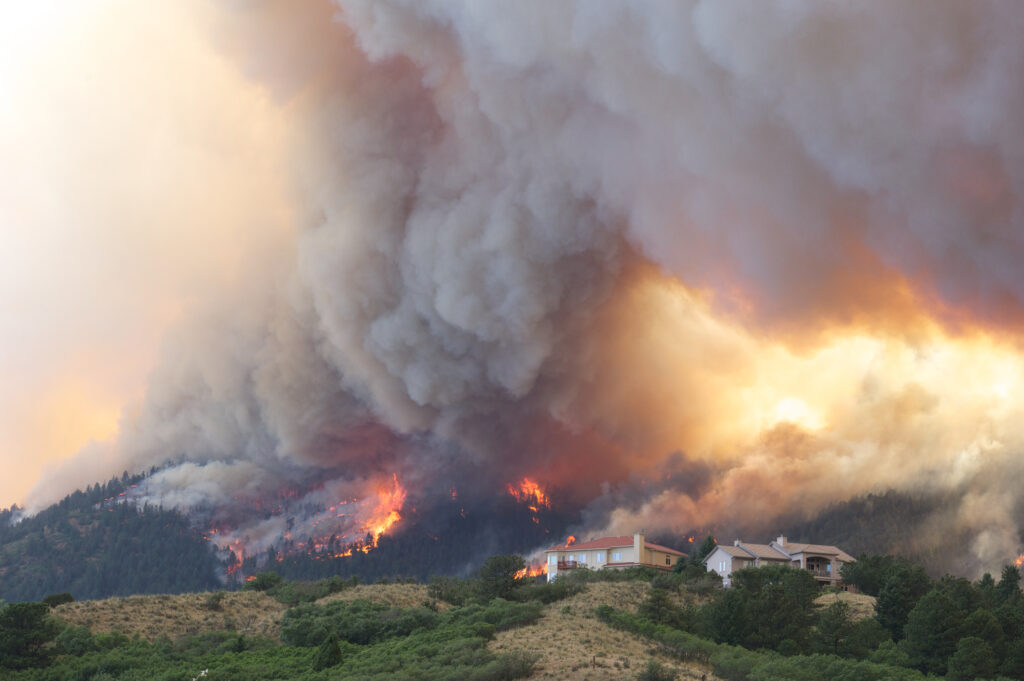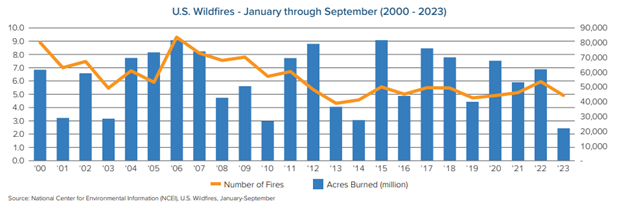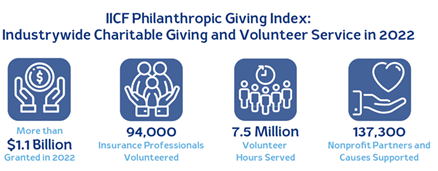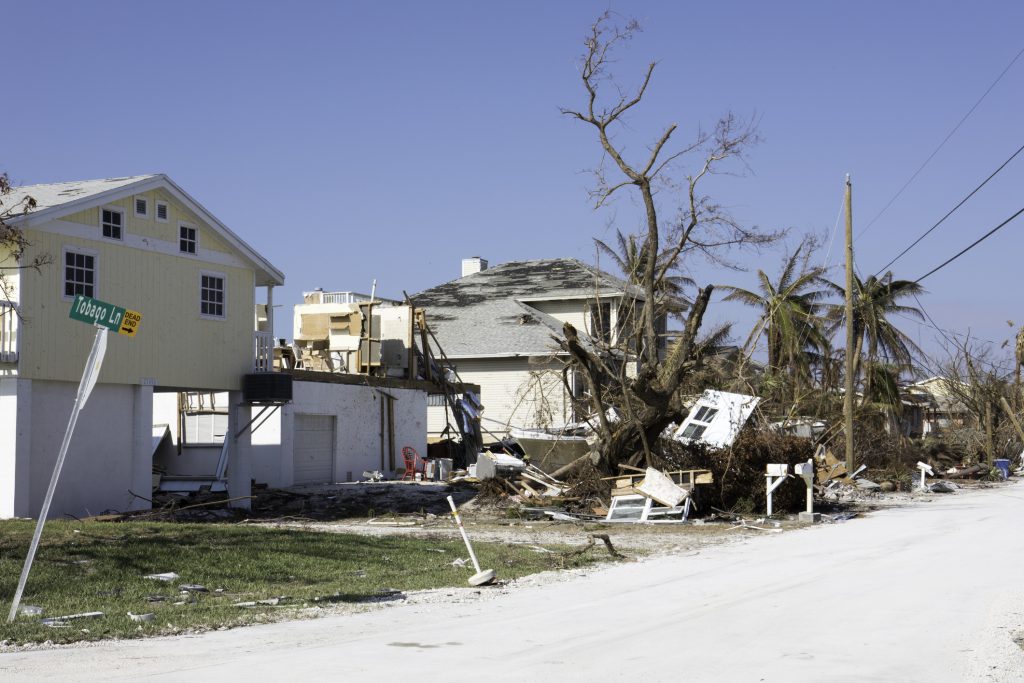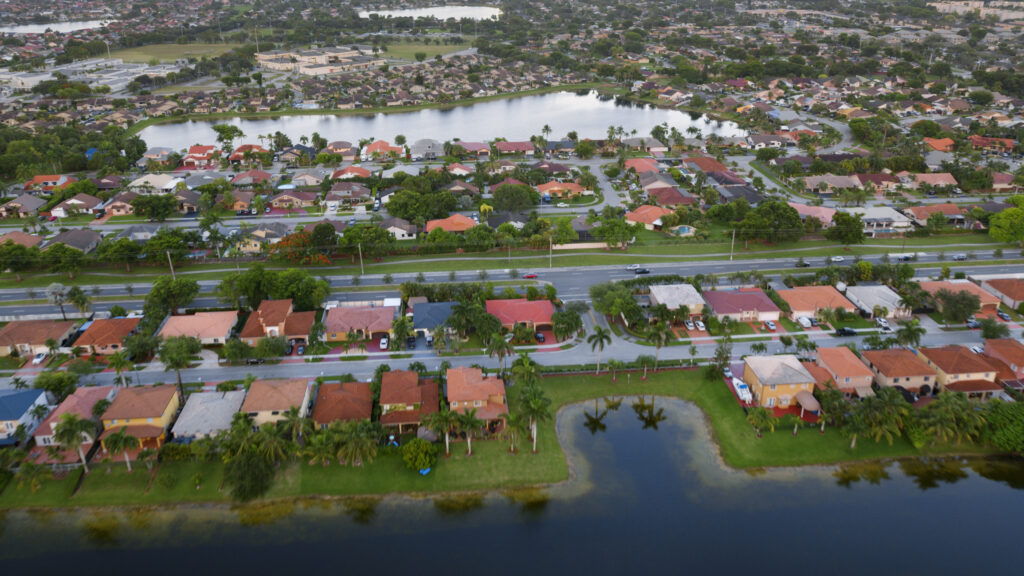
Miami-Dade County, Fla., has become the latest jurisdiction in the hurricane- and flood-prone state to benefit from participation in FEMA’s Community Rating System (CRS) – an incentive program that recognizes and encourages floodplain management practices that exceed the minimum requirements of FEMA’s National Flood Insurance Program (NFIP).
The county’s new Class 3 rating will result in an estimated $12 million savings annually by giving qualifying residents and business owners in unincorporated parts of the county a 35 percent discount on flood insurance premiums.
“This is a huge step forward in resilience for our county,” Miami-Dade County Mayor Daniella Levine Cava said after FEMA announced that Miami Dade had leaped ahead two rankings in the flood-risk rating. “It indicates that we have been able to demonstrate that we can create more resilience, more protection for our community.”
Miami-Dade County has invested $1 billion in stormwater infrastructure over the past 33 years since the inception of the county’s stormwater utility. Under Mayor Levine Cava’s administration, the county has planned to invest an additional $1 billion in stormwater infrastructure. In the past two years, the county has accelerated projects to upgrade Miami-Dade’s infrastructure and implement critical flood mitigation activities.
Last year, 17 Florida jurisdictions achieved Class 3 ratings. In Cutler Bay – a town on Miami’s southern flank with about 45,000 residents – the average premium dropped by $338. Citywide, that represented a savings of $2.3 million.
Over 1,500 communities nationwide participate in the CRS program, but only Tulsa, Okla., and Roseville, Calif., have taken sufficient steps to achieve Class 1 status and have their citizens receive the greatest premium discount of 45 percent. Both of these communities previously experienced disastrous flooding. Tulsa spent decades developing and implementing stormwater management improvements before receiving its Class 1 designation in 2022.
About 90 percent of all U.S. natural disasters involve flooding. Whether related to coastal and inland inundation due to hurricanes, extreme rainfall, snowmelt, mudflows, or other events, floods cause billions of dollars in losses each year.
As reported in a recent Triple-I “State of the Risk” Issues Brief, flood is no longer an “untouchable” risk for private insurers. For decades, the federally run NFIP was the only place where homeowners could buy flood insurance. But improved data, analysis, and modeling have helped drive private-sector interest in flood risk.
That’s good news for homeowners who understand the evolving nature of this peril, especially as FEMA’s new pricing methodology – Risk Rating 2.0 – applies more actuarially sound pricing to make NFIP’s premium rates more equitable. As NFIP rates become more aligned with principles of risk-based pricing, some policyholders’ prices are expected to fall, while many are going to rise.
CRS provides one avenue for communities to help their citizens get lower rates while proactively reducing flood risk.




